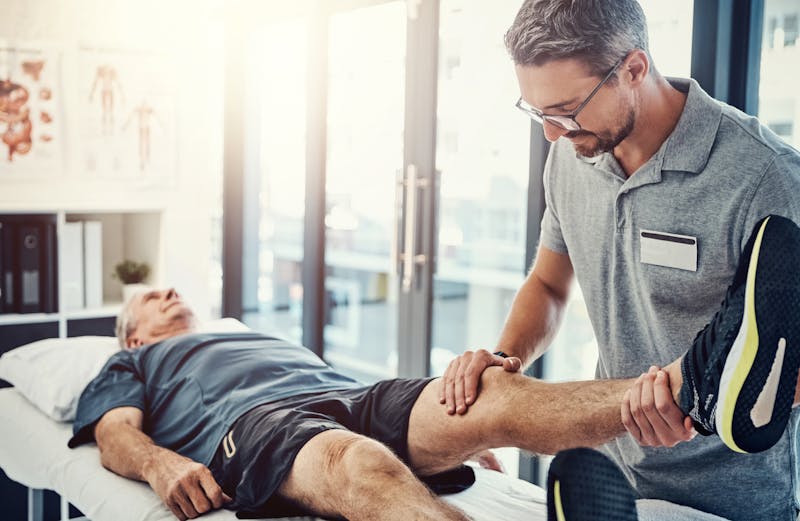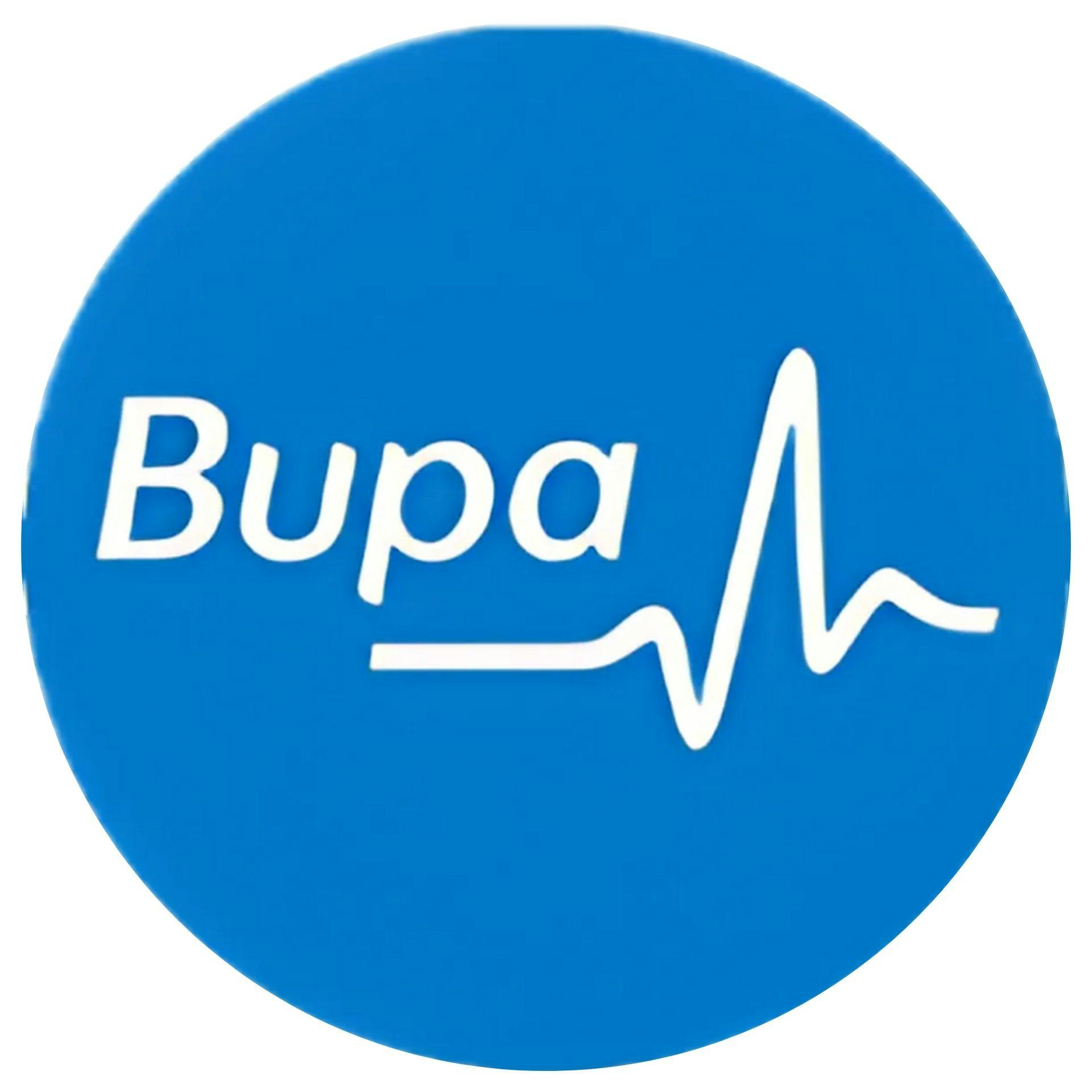Restoring You to YouSchedule Your Consultation Today
Contact Us
Knee replacement surgery is a highly effective solution for individuals suffering from chronic joint pain and limited mobility due to arthritis or injury. While the procedure itself offers long-term relief and improved function, effective pain management in the days following surgery is crucial to ensure a smooth and successful recovery. Modern surgical techniques and pain control strategies have significantly improved the post-operative experience for patients, allowing for quicker mobilisation, reduced hospital stays, and better overall satisfaction.
Why Pain Management Matters
Managing pain after knee replacement is essential—not just for comfort, but for recovery. When pain is well-controlled, patients can:
-
Begin physiotherapy earlier
-
Move more freely
-
Sleep better
-
Minimise the use of strong opioid medications
-
Lower the risk of complications like stiffness or blood clots
Better pain control leads to a smoother recovery and a more positive overall surgical experience.
New Advances in Pain Reduction
In recent years, orthopaedic teams have adopted several advanced techniques that significantly reduce post-operative discomfort:
Early Use of Anti-Inflammatory Medications and Steroids
Anti-inflammatory medications and corticosteroids are now commonly administered at the very start of surgery. These medications help reduce the inflammation and swelling that typically occur after knee replacement, leading to less pain in the critical early recovery period.
Surgery Without a Tourniquet
Traditionally, a tourniquet was used during surgery to reduce bleeding, but research has shown that avoiding a tourniquet can significantly decrease post-operative pain. This technique reduces muscle trauma, improves circulation, and often results in less bruising and faster muscle recovery.
These modern approaches have collectively led to improved patient comfort, faster rehabilitation, and in many cases, discharge from hospital within 24 hours of the procedure.
Comprehensive, Multi-Modal Pain Management
Orthopaedic practices now use a multi-modal approach to manage pain. This strategy combines different types of medication and therapies to target pain through various pathways and reduce reliance on opioids. Common elements of this approach include:
-
Oral medications such as paracetamol and anti-inflammatory drugs (NSAIDs)
-
Regional nerve blocks to numb the surgical area
-
Cold therapy and leg elevation to control swelling
-
Tailored physiotherapy plans to safely restore movement and strength
By combining these methods, patients experience a smoother recovery with fewer side effects and a quicker return to daily activities.
What Patients Can Do to Support Recovery
Patients play an active role in managing their pain and supporting their recovery. Helpful steps include:
-
Taking medications as prescribed—even when pain feels manageable
-
Using ice and elevation to control swelling
-
Engaging in early movement and prescribed exercises
-
Communicating with the care team about any ongoing discomfort
Delivering Better Outcomes Through Innovation
The adoption of these advanced techniques—refined through international training and clinical research—has enabled orthopaedic teams to deliver better surgical outcomes and a higher standard of post-operative care. Patients benefit from reduced pain, faster rehabilitation, and an overall more positive surgical experience.
Author: Mr. Ihsan Mahmood
Mr. Ihsan Mahmood, FRCS (Tr & Orth), PgDip (T&O), CCT (T&O) is a fellowship-trained Consultant Orthopaedic Surgeon specializing in hip and knee replacements at Elanic Hospital. With over 15 years of experience, he employs advanced techniques, including minimally invasive and robotic-assisted surgeries, to deliver personalized, patient-centered care. He serves as Service Lead for Joint Replacements at Forth Valley Royal Hospital.







